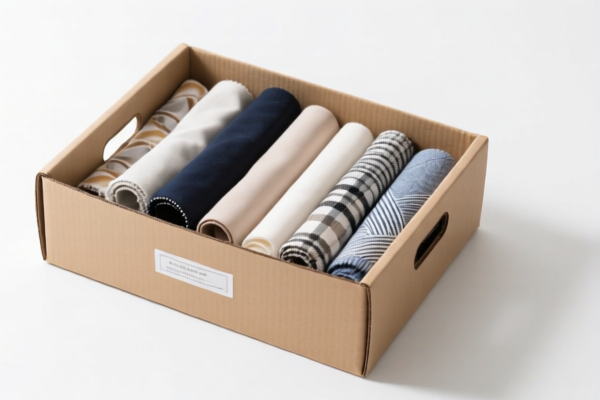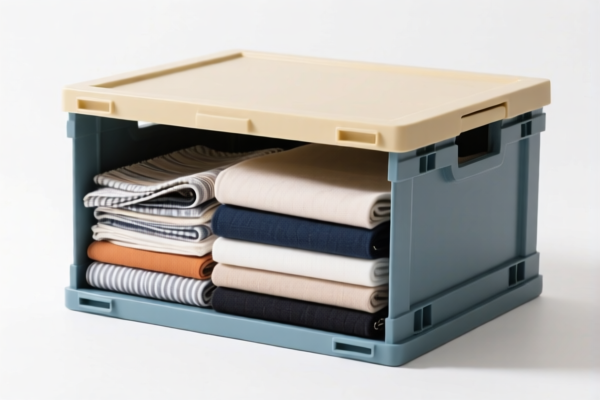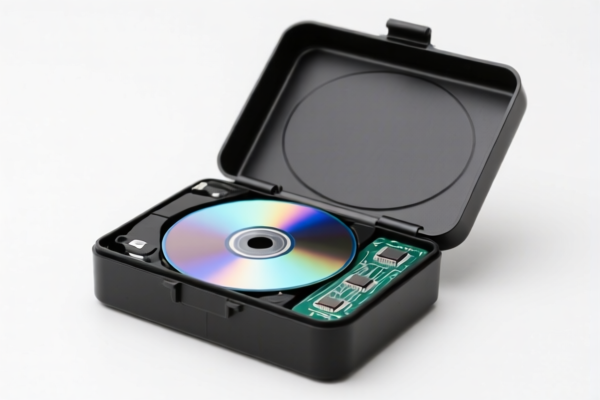| HS Code | Official Doc | Tariff Rate | Origin | Destination | Effective Date |
|---|---|---|---|---|---|
| 4819600000 | Doc | 55.0% | CN | US | 2025-05-12 |
| 4823901000 | Doc | 55.0% | CN | US | 2025-05-12 |
| 4823907000 | Doc | 55.0% | CN | US | 2025-05-12 |
| 9503000090 | Doc | 30.0% | CN | US | 2025-05-12 |
| 9503000071 | Doc | 30.0% | CN | US | 2025-05-12 |
| 9602005080 | Doc | 40.2% | CN | US | 2025-05-12 |
| 3503005550 | Doc | 2.8¢/kg + 3.8%+37.5% | CN | US | 2025-05-12 |
| 9620005000 | Doc | 60.3% | CN | US | 2025-05-12 |
| 9620005500 | Doc | 58.3% | CN | US | 2025-05-12 |
| 3926904800 | Doc | 33.4% | CN | US | 2025-05-12 |
| 3926909910 | Doc | 42.8% | CN | US | 2025-05-12 |
| 3923900080 | Doc | 58.0% | CN | US | 2025-05-12 |
| 6405902000 | Doc | 41.3% | CN | US | 2025-05-12 |
| 6405909060 | Doc | 42.5% | CN | US | 2025-05-12 |
| 6406901580 | Doc | 52.4% | CN | US | 2025-05-12 |
| 6406901540 | Doc | 52.4% | CN | US | 2025-05-12 |




Felt Storage Box
A felt storage box is a container constructed primarily from felt fabric, designed for organizing and storing various items.
Material
The primary material is felt, typically made from compressed natural fibers such as wool or synthetic fibers like acrylic or polyester. Wool felt is known for its durability and natural insulating properties, while synthetic felt is often more affordable and resistant to moths and mildew. Cardboard is frequently used as an internal structural support. Other materials may include handles made of cotton, rope, or plastic, and sometimes a leather or faux leather trim.
Purpose
The main purpose of a felt storage box is to provide a flexible and often decorative solution for decluttering and organizing spaces. They are used to contain smaller items that might otherwise be scattered, creating a more visually appealing and orderly environment.
Function
Felt storage boxes function as containers, offering a soft-sided alternative to rigid plastic or metal boxes. The felt material provides some cushioning for the contents, and the collapsible nature of many designs allows for easy storage when not in use. Some boxes include handles for portability. The material’s inherent properties offer limited protection against moisture or crushing forces.
Usage Scenarios
- Closet Organization: Storing sweaters, t-shirts, accessories, or out-of-season clothing.
- Nursery/Children's Rooms: Holding toys, diapers, wipes, or baby clothes.
- Living Rooms: Containing remote controls, magazines, or small electronics.
- Bathrooms: Organizing toiletries, washcloths, or hair accessories.
- Craft Rooms: Storing art supplies, yarn, or fabric scraps.
- Dorm Rooms: Providing compact storage solutions for limited spaces.
Common Types
- Collapsible Felt Storage Bins: These are the most common type, designed to fold flat when not in use. They often have reinforced cardboard sides.
- Felt Storage Baskets: Typically round or oval in shape, often used for smaller items or as decorative accents.
- Drawer Dividers: Smaller felt containers specifically designed to organize drawers, often used in closets or bedrooms.
- Hanging Felt Organizers: These feature pockets made of felt and hang from closet rods or doors, ideal for shoes, accessories, or small items.
- Lidded Felt Boxes: Boxes with a lid, offering more protection for contents and a more finished appearance.
- Toy Storage Bins: Larger, more durable felt boxes designed specifically for children's toys.
Felt storage boxes typically function as containers for organizing and packing goods. They are constructed from felt, a type of non-woven fabric, potentially plastic-based. Here are relevant HS codes based on the provided reference material:
- 4819600000: This HS code covers cartons, boxes, cases, bags and other packing containers, of paper, paperboard, cellulose wadding or webs of cellulose fibers. While felt isn't paper or paperboard, cellulose wadding is a component of felt, making this a potential classification if the box is primarily cellulose-based. The tax rate details are: Basic tariff: 0.0%, Additional tariff: 25.0%, Additional tariff after 2025.4.2: 30.0%, Total tariff: 55.0%.
- 3926904800: This HS code covers other articles of plastics and articles of other materials of headings 3901 to 3914, specifically photo albums. If the felt storage box is made of plastic, this could be a relevant classification. The tax rate details are: Basic tariff: 3.4%, Additional tariff: 0.0%, Additional tariff after 2025.4.2: 30.0%, Total tariff: 33.4%.
- 3923900080: This HS code covers articles for the conveyance or packing of goods, of plastics; stoppers, lids, caps and other closures, of plastics. If the box is made of plastic, this is a potential classification. The tax rate details are: Basic tariff: 3.0%, Additional tariff: 25.0%, Additional tariff after 2025.4.2: 30.0%, Total tariff: 58.0%.
- 9620005000: This HS code covers monopods, bipods, tripods and similar articles, specifically of plastics (felt can be considered a type of non-woven fabric, potentially plastic-based). The tax rate details are: Basic tariff: 5.3%, Additional tariff: 25.0%, Additional tariff after 2025.4.2: 30.0%, Total tariff: 60.3%.
Regarding HS code 9620005000, please note that the classification depends on whether the box is considered a "similar article" to monopods, bipods, or tripods.
It is important to verify the material composition of the felt storage box to determine the most accurate HS code. If the box is primarily composed of cellulose wadding, 4819600000 may be appropriate. If it is made of plastic, 3926904800, 3923900080 or 9620005000 could be considered.
Customer Reviews
No reviews yet.